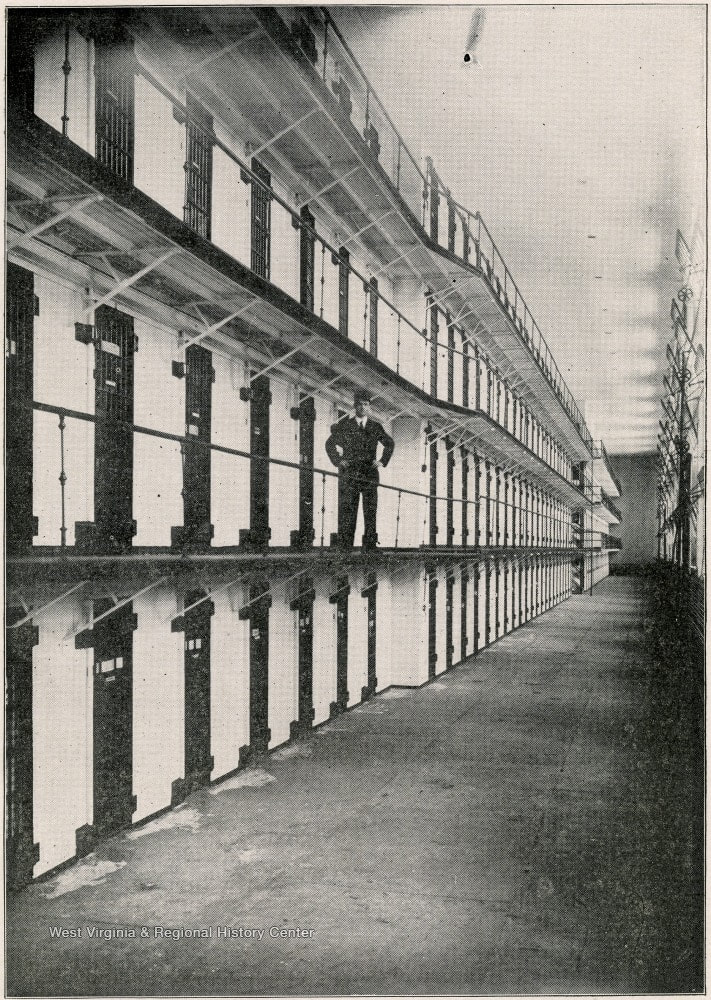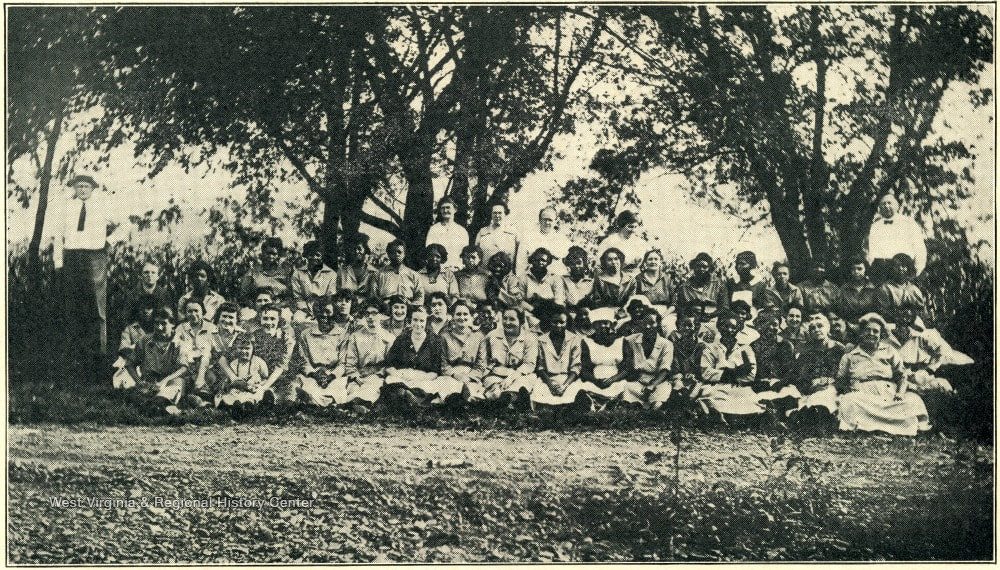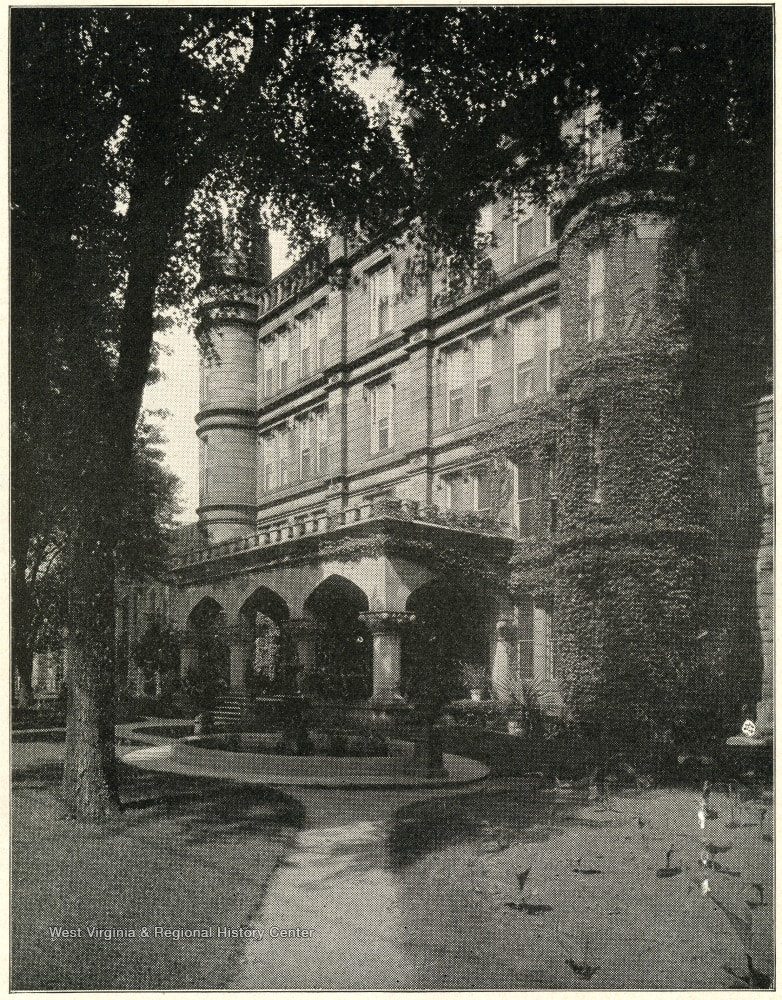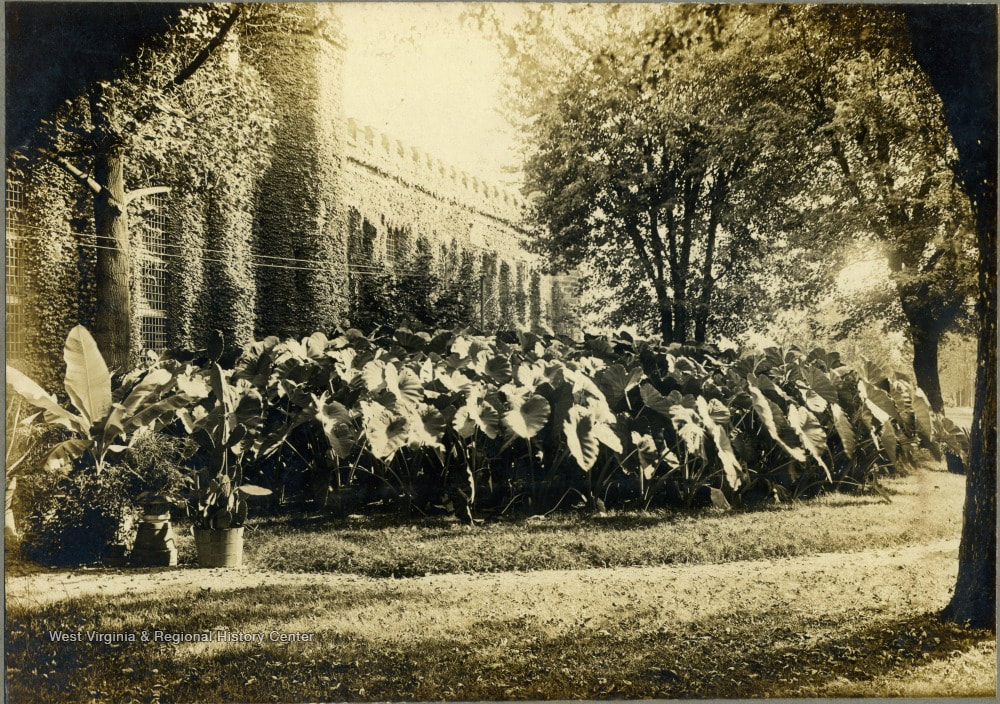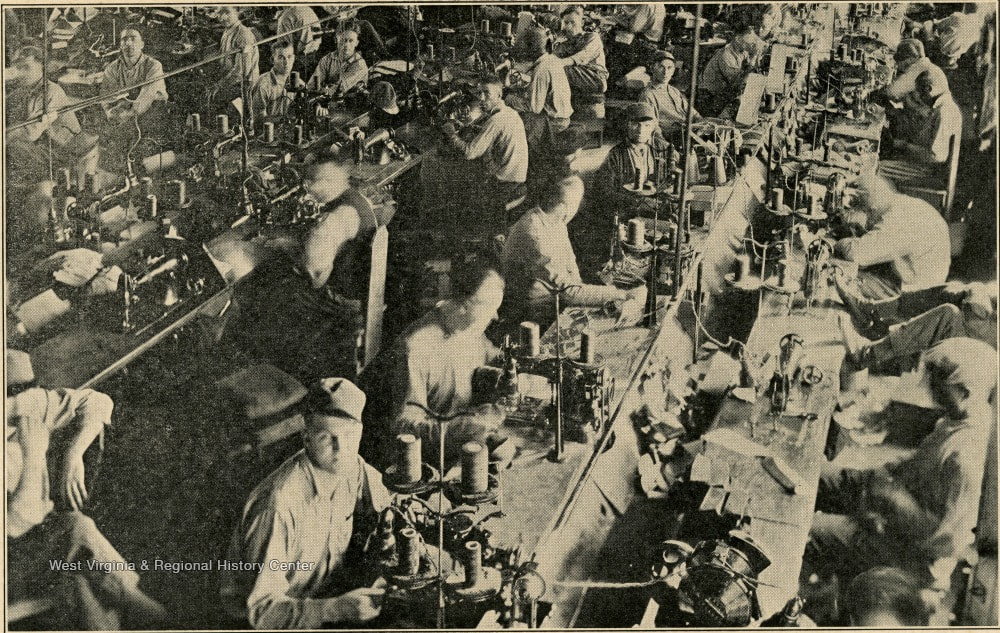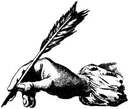West Virginia Penitentiary
Moundsville, West Virginia
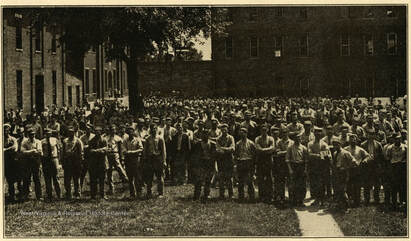 Convicts on the Prison Yard at West Virginia Penitentiary, W. Va c.1914
Convicts on the Prison Yard at West Virginia Penitentiary, W. Va c.1914
This prison was in use from 1867 to 1995. In 1863, West Virginia seceded from Virginia at the height of the American Civil War. Consequently, the new state had a shortage of various public institutions, including prisons. The Wagon Gate was the only building at this site during the Civil War. The first building constructed on the site was the North Wagon Gate. It was made with hand-cut sandstone, which was quarried from a local site. The state used prison labor during the construction process
The conditions at the prison worsened through the years, as the facility would be ranked on the United States Department of Justice's Top Ten Most Violent Correctional Facilities list. One of the more infamous locations in the prison, with instances of gambling, fighting,and rape was a recreation room known as "The Sugar Shack".
In total, thirty-six homicides took place in the prison. One of the more notable ones is the butchering of R.D. Wall, inmate number 44670. On October 8, 1929, after "snitching" on his fellow inmates, he was attacked by three prisoners with dull shivs while heading to the boiler room.
In 1983, Charles Manson requested to be transferred to this prison to be nearer to his family. His request was denied.
The conditions at the prison worsened through the years, as the facility would be ranked on the United States Department of Justice's Top Ten Most Violent Correctional Facilities list. One of the more infamous locations in the prison, with instances of gambling, fighting,and rape was a recreation room known as "The Sugar Shack".
In total, thirty-six homicides took place in the prison. One of the more notable ones is the butchering of R.D. Wall, inmate number 44670. On October 8, 1929, after "snitching" on his fellow inmates, he was attacked by three prisoners with dull shivs while heading to the boiler room.
In 1983, Charles Manson requested to be transferred to this prison to be nearer to his family. His request was denied.
1986 Riot
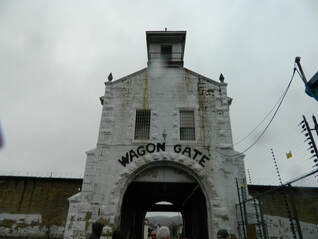 Wagon gate where executions were carried out
Wagon gate where executions were carried out
January 1, 1986, was not only the beginning of a new year, but also the date of one of the most infamous riots in recent history. The West Virginia Penitentiary was then undergoing many changes and problems. Security had become extremely loose in all areas. Since it was a "cons" prison, most of the locks on the cells had been picked and inmates roamed the halls freely. Bad plumbing and insects caused rapid spreading of various diseases. The prison was now holding more than 2,000 men and crowding became an issue once again. Another major contribution to the riot's cause was the fact that it was a holiday. Many of the officers had called off work, which fueled the prisoners to conduct their plan on this specific day.
Executions
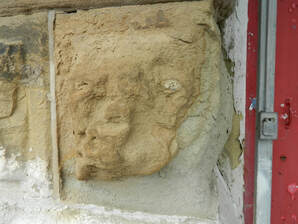 What looks like a face on the stone. The older part of the prison was made by 100 prisoners who cut the stone from a nearby quarry and built the structure in 10 years.
What looks like a face on the stone. The older part of the prison was made by 100 prisoners who cut the stone from a nearby quarry and built the structure in 10 years.
From 1899 to 1959, ninety-four men were executed. Hanging was the method of execution until 1949 with eighty-five men meeting that fate. The public could attend hangings until June 19, 1931. On that date, Frank Hyer was executed for murdering his wife, however, when the trap door beneath him was opened and his full weight was put onto the noose, he was instantly decapitated. Following this event, attendance at hangings was by invitation only. The last man to face execution by hanging, Bud Peterson from Logan County, lies in the prison's cemetery, as his family refused to claim his body. Beginning in 1951, electrocution became the means of execution. Ironically, the electric chair, nicknamed "Old Sparky", used by the prison was originally built by an inmate there, Paul Glenn. Nine men died in the chair until the state outlawed execution entirely in 1965.
True stories from online bloggers (2004):
In October of 2001, I took a job in the haunted house at the old Moundsville prison. Before we started, we were told that there were ghosts and that we would hear weird noises. I thought, “Yeah, right. Whatever.” I ended up working next to North Hall, where they kept all the dangerous inmates. There was a lady working with me whose husband used to be in charge of North Hall. On their breaks, they would come down to where I was stationed and smoke cigarettes and eat their lunches.
Well, one night, after our last group had gone through, we were all out in the hall talking, when the cell doors in North Hall all started banging open and shut by themselves. One of the guys with us ran into the cell area, but found no one there. Later, after getting all of our stuff and going to clock out, we heard it again. So, once again, he went back to check it out and there was still no one there. We were one of the last groups to leave that night and the whole way out to our cars we could hear the cell doors banging open and closed. Needless to say, I now believe in ghosts.
______________________
In July of 1992 I became a Deputy Sheriff in central West Virginia and from 1992 until 1995, (when the State Prison in Moundsville closed), I had made a few prisoner transports to and from the prison. I always thought it was a creepy place, but aren’t prisons suppose to be?
In spring of 2000 I was scheduled to have a training class at the Moundsville Prison. Today many law enforcement agencies use the Prison for training but this was to be the first training class there. I was a Prevention Resource Officer in a local Junior High School and the training dealt with School Violence.
I live a few hours away so I allowed myself plenty of time to get to the training class. I pulled up to the prison and the front door was open. I had been there before and figured I would go on in. I stepped inside the front entrance and yelled out but no one answered. I knew someone was there somewhere because the doors were all open, although there were no other cars parked in front. Not finding anyone I proceeded to try to find where the class was going to be held. I looked around for several minutes but I didn’t find anyone nor did I find a “classroom”. I was at one end of a hallway and saw a man dressed in a blue shirt and pants at the other end of the hallway go into an adjoining hallway. I yelled out to him but he never acknowledged my presence. Figuring this was probably an employee or perhaps the instructor of the class I followed in the direction he went. When I made my way to the other hallway in which he “ducked” into, I found that it led to an office, but nowhere else. There were no other doors in which the man could have gone.
At this time I heard voices from where I had just came from and turned and went back. I met up with two other guys who were taking the class and thought nothing else of the man who “disappeared” except that I never saw anyone all day long dressed in blue. I left that evening after the class without really wondering or thinking about it.
Later that same year the television show “Fear” taped an episode at the prison and that intrigued the students at the school in which I was assigned. I taught a Criminal Justice class and the students wanted to take a trip to Wheeling and tour the prison while there. I arranged the trip and in January of 2001 we went to tour the prison. Before “Fear” I had never heard of the prison being “haunted”. While on the tour the students were full of questions for the guide, mostly on the subject of “haunting”.
I was very surprised when the guide told the story of a “prisoner” being sited by the tower guards going into the prison on the north side, but after investigated the “prisoner” was never found. The guide explained that this occurred often. Supposedly this “prisoner” was one of the “ghosts” at the prison. The guide then showed us where this “sighting” always occurred, unbelievably at the same door and hallway where I saw the “man in blue” nearly a year earlier. I had to ask “what was he wearing?”…the guide said that if the “prisoner” was in fact the “ghost” of the inmate they suspected it was, then they wore blue uniforms at the time.
